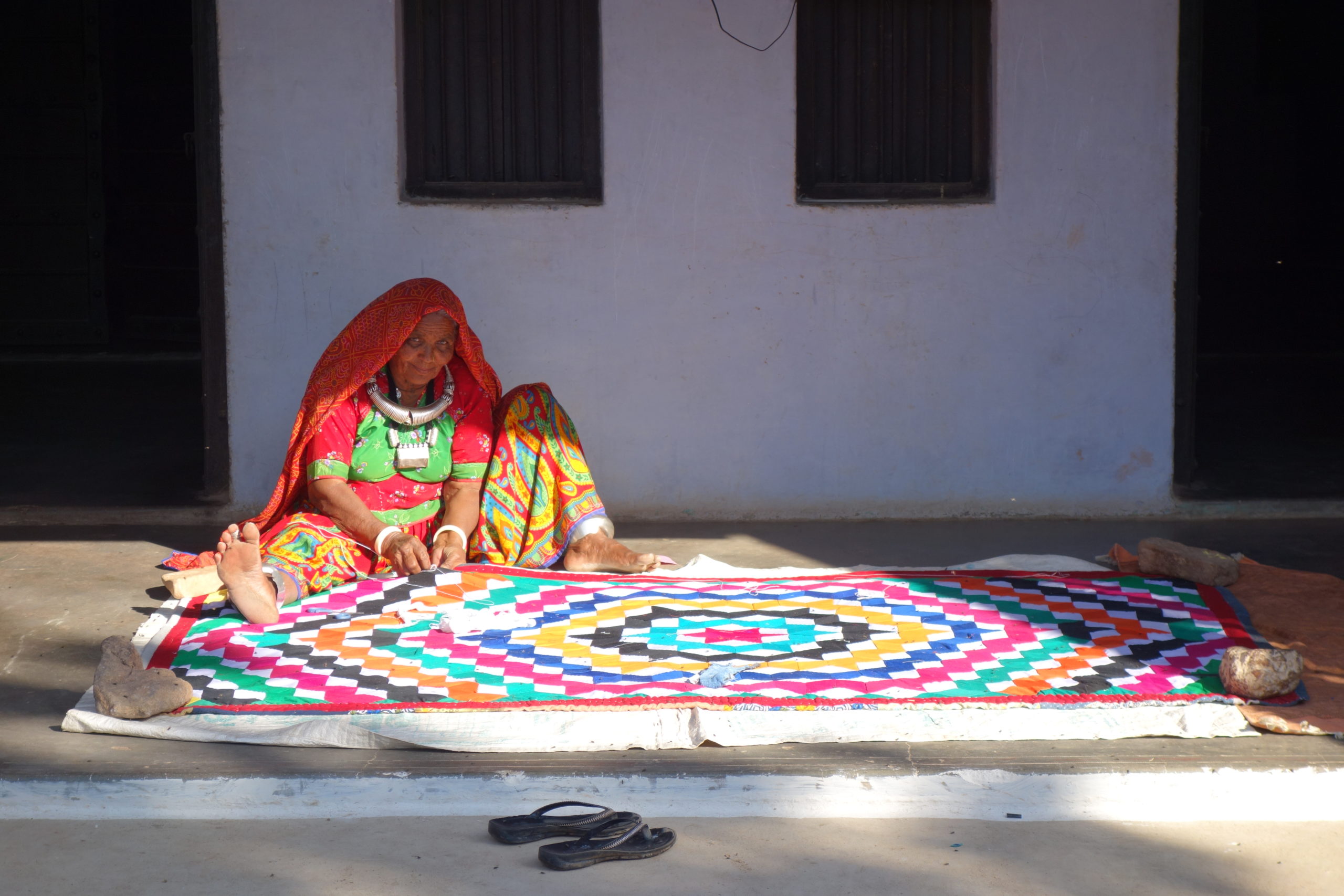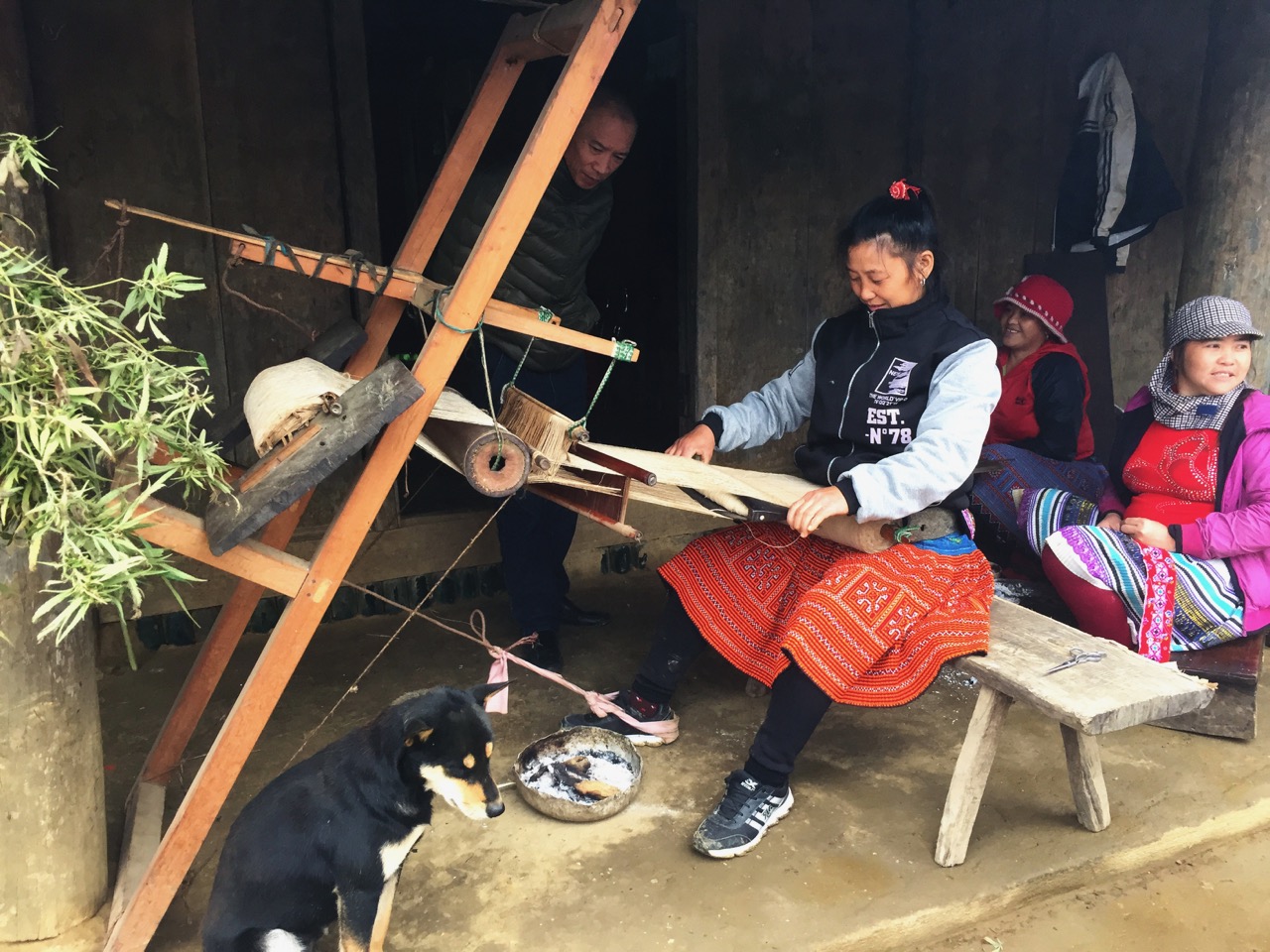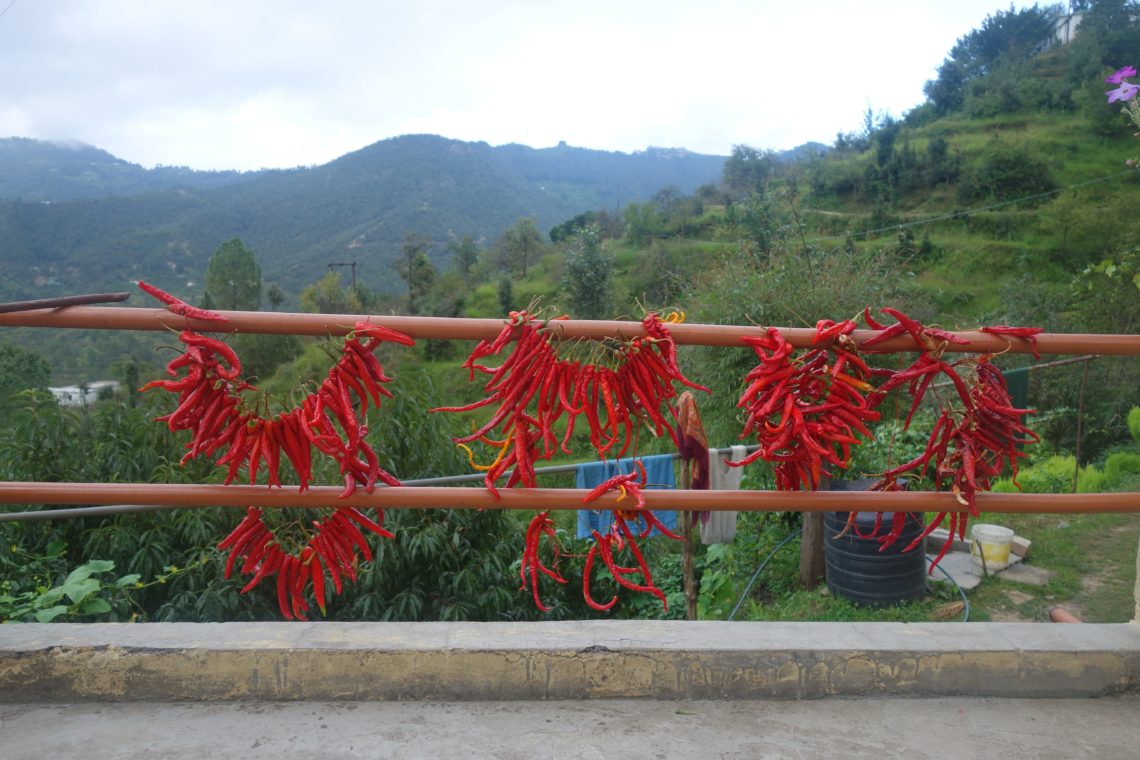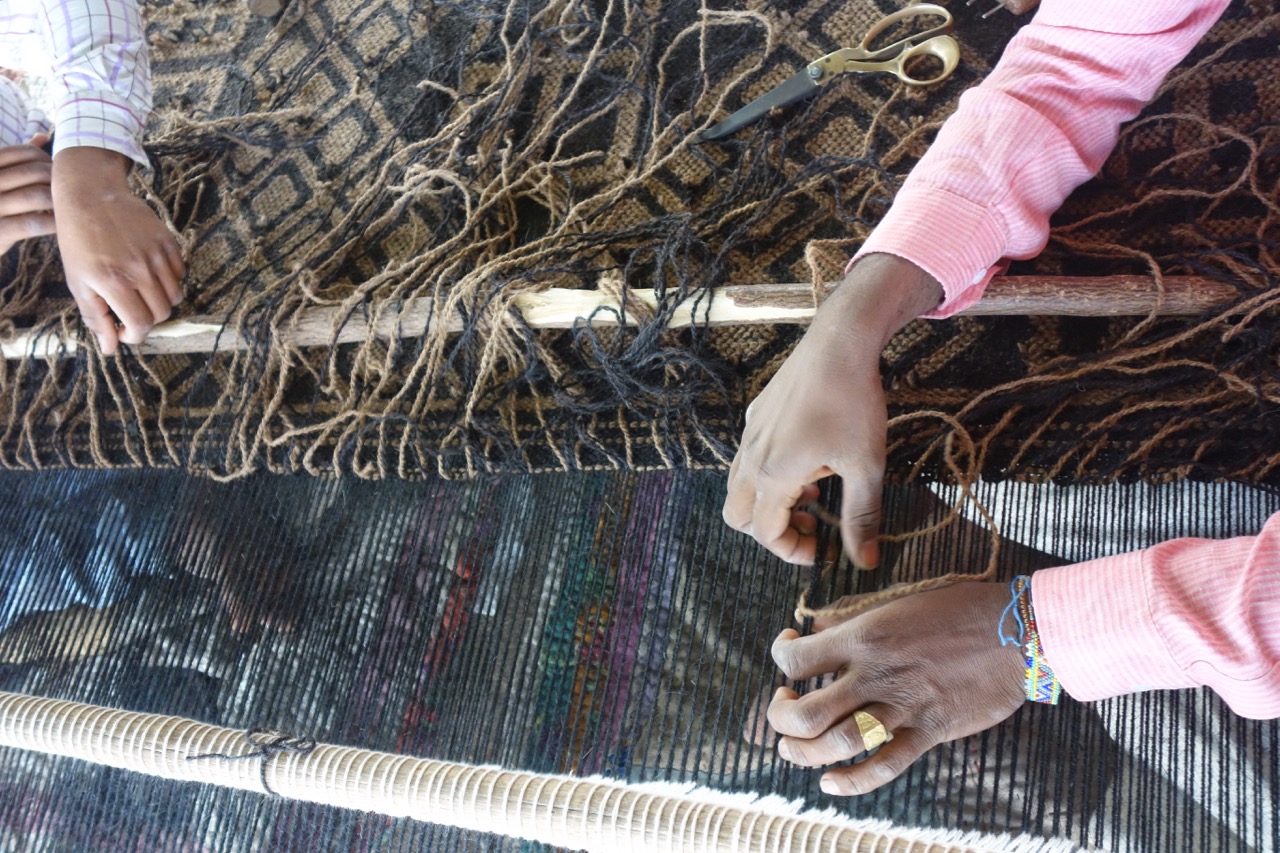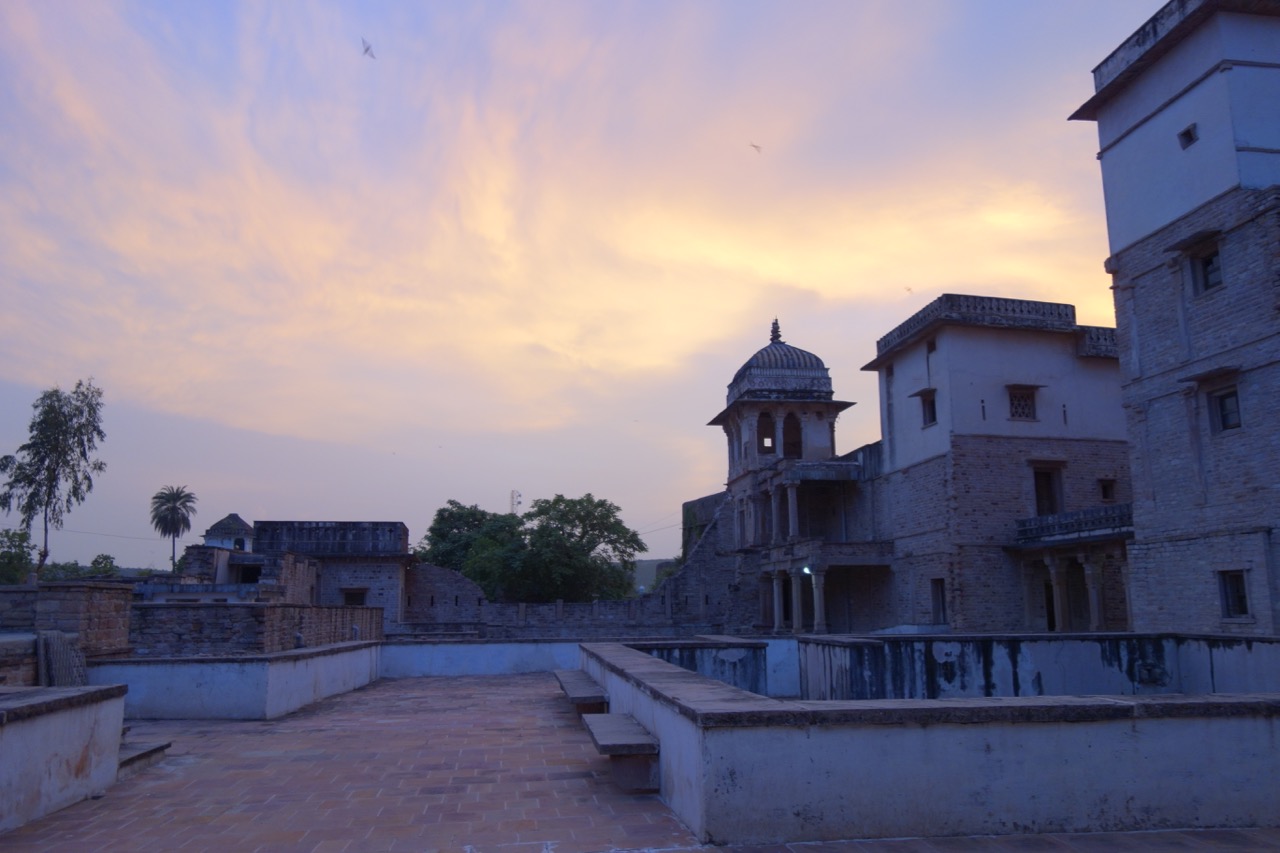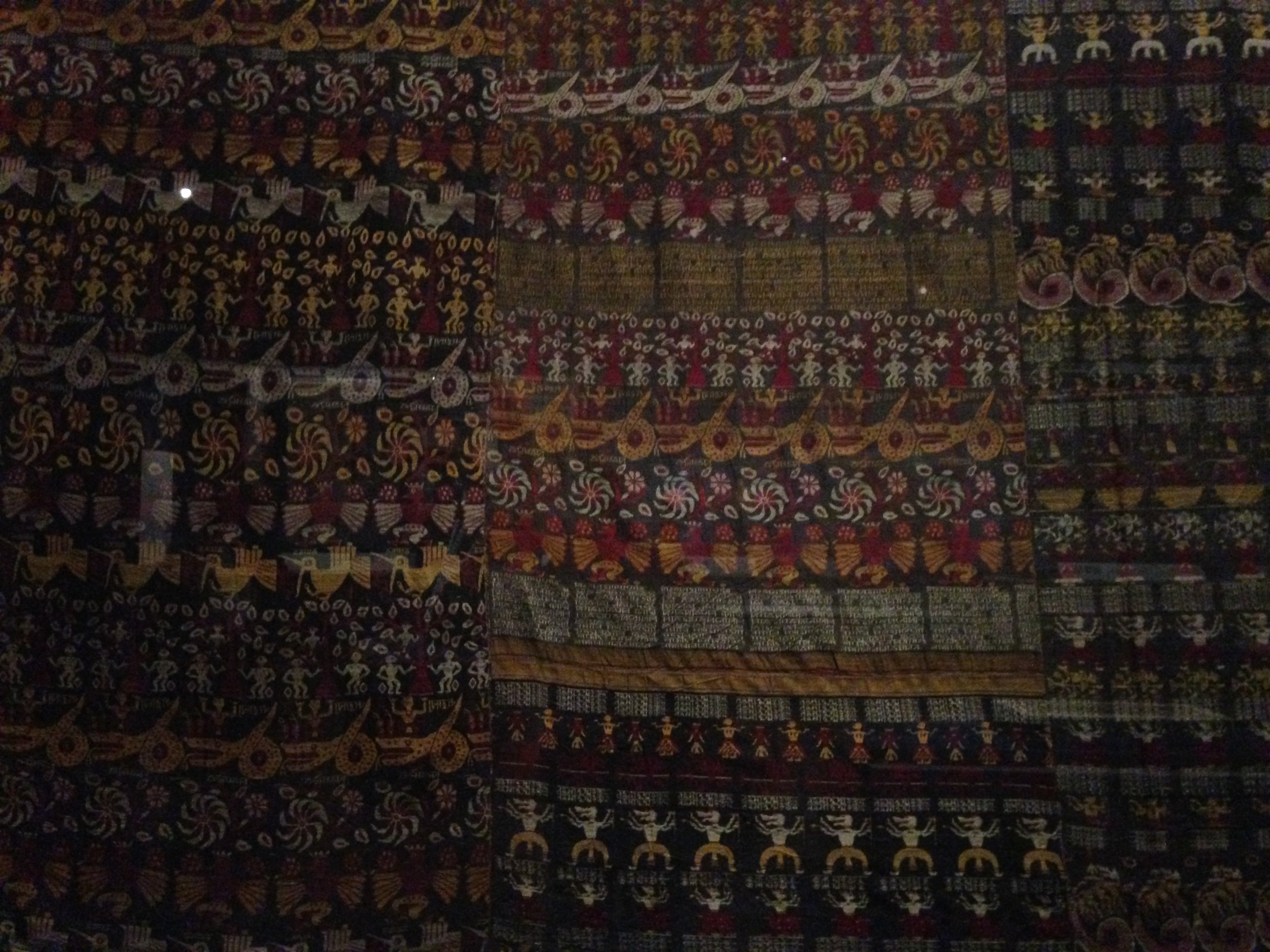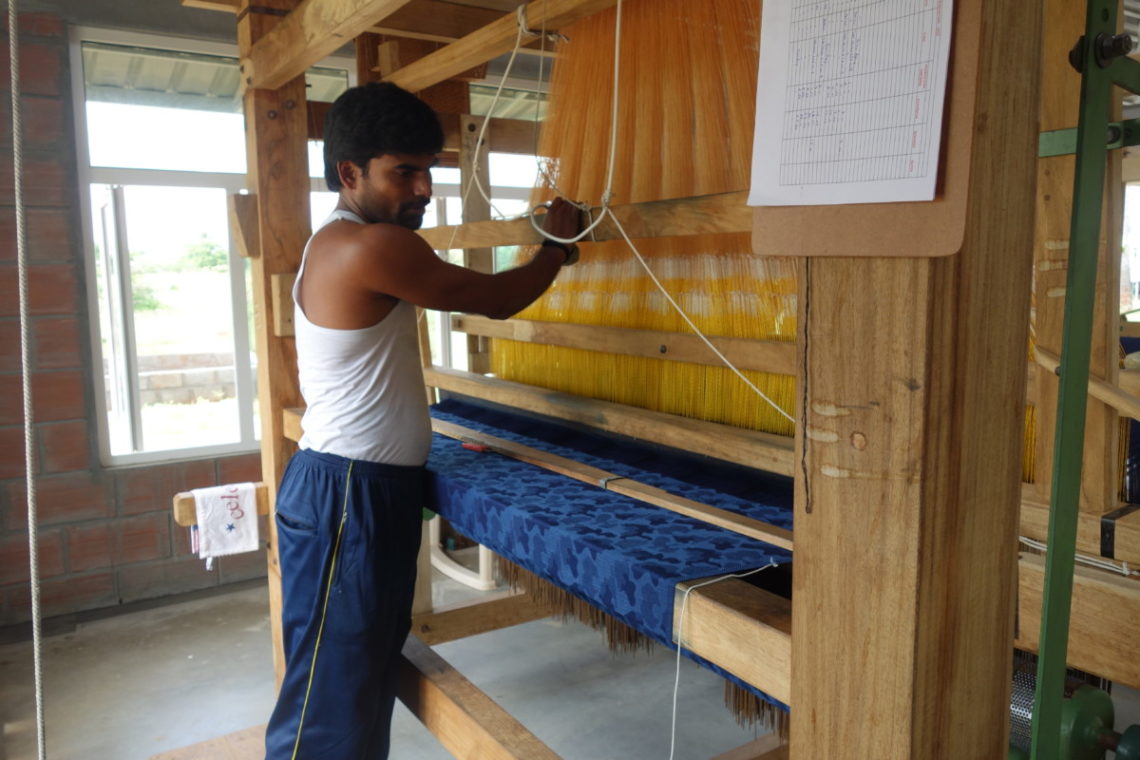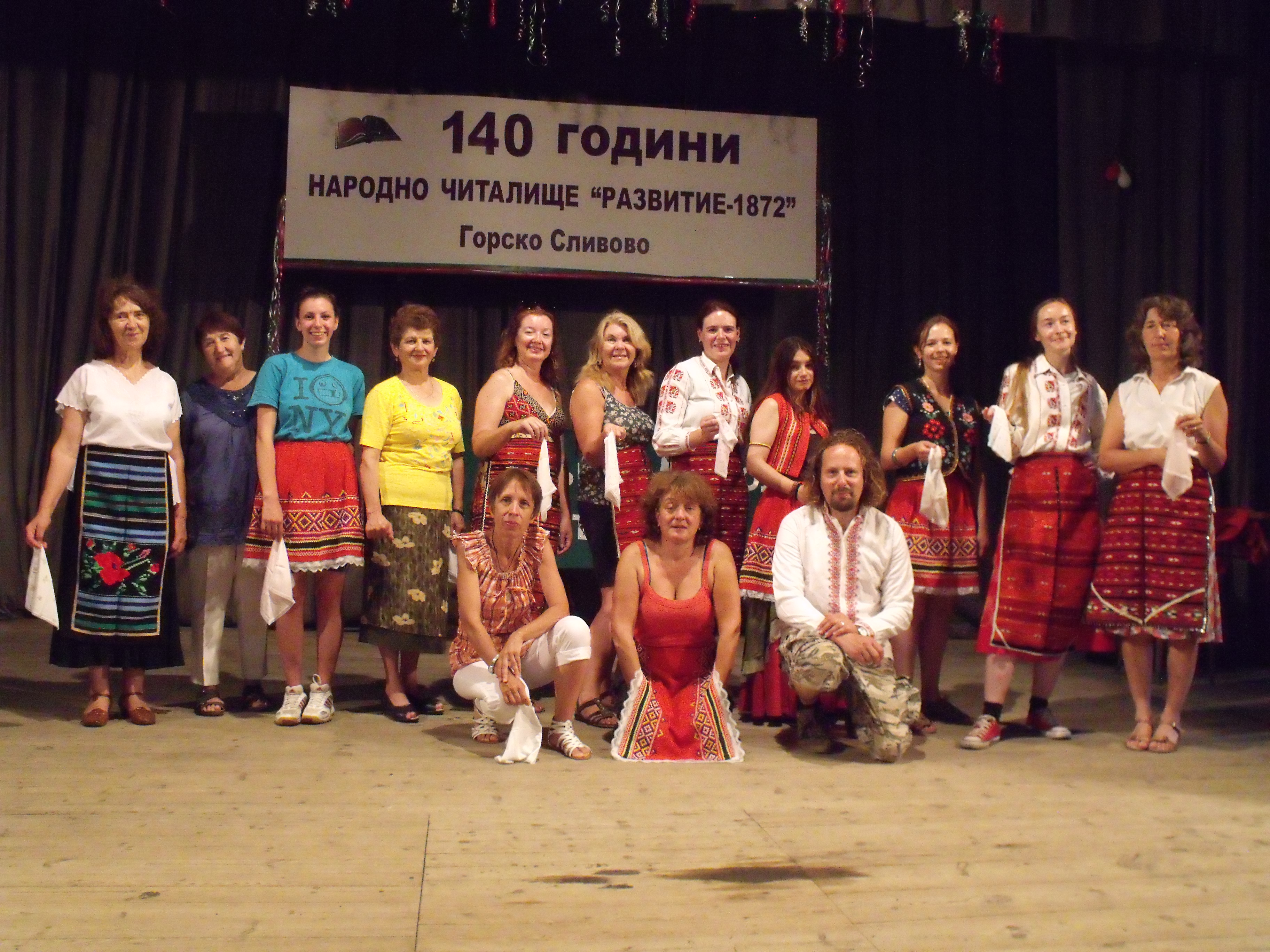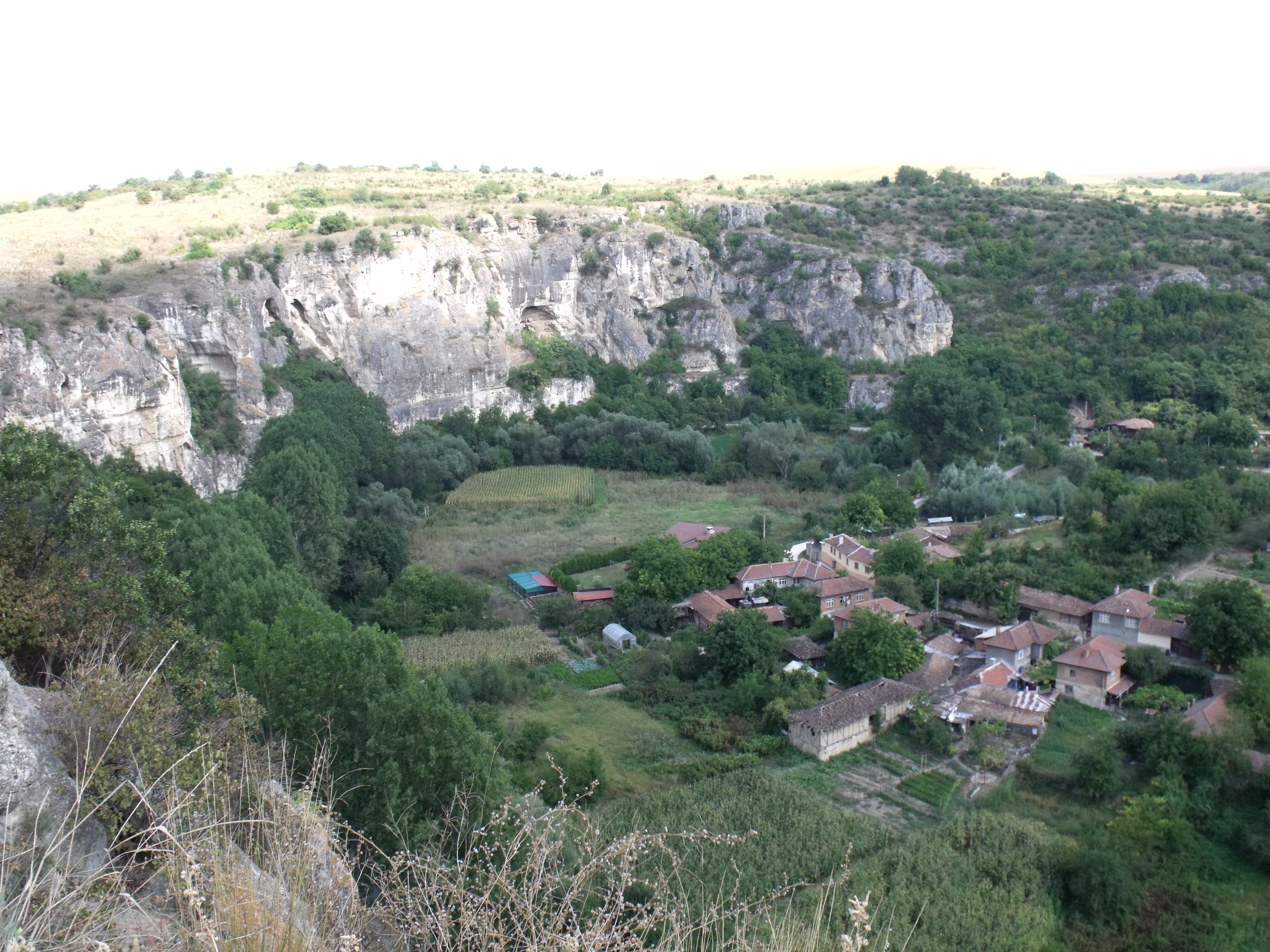In these strange and difficult times we are living in, I have been thinking a lot about how the coronavirus pandemic is having such a huge impact on the whole world, creating a knock-on effect in every corner of society and the way we live our lives, as well as how our futures look. In particular I have been thinking about how the virus will impact the many craftspeople I have had the privilege to work with for my research and write about for this blog and other publications. While in India there have been less people infected than here in the UK, the steps taken to prevent spread have…
-
-
The Blue Hmong of Pa Co Village, Hoa Binh, Vietnam
Words and Photos by Supei Ho, originally published at The Textile Atlas The Blue Hmong are one of 54 ethnic minority groups in Vietnam. A subgroup of the Miao people, the majority of whom live in China, the Blue Hmong are renowned for their decorative indigo Batik textiles that are often adorned with patchwork, cross-stitch and applique. Traditional textile making is a domestic affair and a source of supplementary income for these families, besides agriculture and farming. Hmong men perform most of the physically demanding work such as felling trees, constructing houses and transporting the harvest; whereas Hmong women and older girls hold the responsibility for food preparation, household chores,…
-
Mountain Weaves – Building Livelihoods
The mountains of North India are a perfect getaway from the bustle, pollution and heat of the cities. And you can easily reach them from Delhi. I travelled up to the small village of Kasiyalekh in the Himalayan foothills, in the state of Uttarakhand to visit a social enterprise called Kumaun Grameen Udyog (KGU). I took a 5 hour train from Delhi to Kathgodam (you can go from here or the near-by larger town of Haldwani) and then a bus which skillfully wound its way up the steep and narrow lanes running up the mountain for about three and a half hours. I was greeted at the bus stop at…
-
Kharad Weaving of Kachchh
A display of geometic and pictorial patterned dhurries adorns the walls of weaver Tejsibhai Dhana Marwada in the village of Sanjotnagar, near Bhuj in Kutch,. Woven into the kharad (Sindhi word for carpet) on the most basic and ancient of looms, are the stories of these weavers’ lives and experiences. Some of these narrative pieces were initiated by Carole Douglas for her exhibition Zindagi jo Vanat – The Weave of Life. Tejsi explained to us the stories depicted in the pieces. One tells of the Marwada Meghwal community migration. They came to Kachchh from Marwad in Rajasthan about 600 years ago, hence their name Marwada which accords a sustained sense…
-
The Charm of Chanderi
In Ashok Nagar district in northern Madhya Pradesh state, nestled in hills, surrounded by forests and lakes and scattered with historic monuments, is the charming town of Chanderi. It is one of two towns in the state famous for its weaving heritage – the other is Maheshwar, which you can read about here. I took the awkward journey from Maheshwar where I was staying long term for my research, which involved a bus to Indore, a delayed train from Indore to Ashoknagar and from there a local bus along badly maintained roads (or damaged by recent rains), to Chanderi. At one point we passed a bus that had tipped off…
-
Exhibition: Krishna in the Garden of Assam
Assam is one of the seven (or arguably eight) states in North East India, set in the Brahmaputra basin, tucked away just south of the Himalayas, attached to mainland India only by a thin strip of land. Textiles here hold more similarities with neighbouring North Eastern states and with other countries further east and in South East Asia, which they are geographically and culturally close to, than woven textiles in mainland India which have distinctly different traditions and cultural approaches. The tribal textiles of Assam are woven predominantly by women for whom learning to weave and becoming a proficient weaver is a rite of passage and a required attribute to be…
-
Five P: Handloom Revival and Innovation in Tamil Nadu
This article is written by Uthra Rajgopal, who worked with Five P to develop their website and promotional material during a textile exploration trip around India last year. An art history post- graduate and currently a lecturer at Manchester Metropolitan University, Uthra is conducting research into Khadi and Handloom in India, and will be presenting at the forthcoming Textile Society of America conference in October. Above Photo: Mr.Kandasamy on a jacquard loom in the Five P workshop. Photo: Ruth Clifford Chenimalai is a small town about 25 km from Erode, at the centre of the ‘cotton belt’ between the textile hubs of Coimbatore and Salem in Tamil Nadu. The area has a long…
-
Bulgaria part 2: From a rural retreat to the historic capital
Following a day of medieval history, archaeological finds and dramatic landscapes we headed to the small village of Gorsko Slivovo, near the Devetaki Plateau. Our accommodation for the next two nights was to be the Bilkarskata Kashta – the ‘Herbalist’s House’ run by hospitable and friendly couple Mariella and Misho. The house lived well up to its name. The large garden was full of plants and flowers, a huge variety of herbs, a plot of tomato plants, grape vines and more. The terrace was decorated with bunches of the dried herbs along with other curios around a wooden roof and a large table. All the rooms had their own…
-
Bulgaria part 1: Pre-historic, Roman and Medieval history
The sunflowers that cover the landscape of Bulgaria, a mark of the country’s identity and number one on the ’30 things not to miss’ in the Rough Guide, had come to the end of their season on my recent visit in mid-August. They looked quite sad, crumpled up and heads drooping. However, this only drew my attention to the rest that this country has to offer – much more than just beaches and skiing as many UK tourists associate the country with. Bulgaria has a long and rich history, a distinctive cultural heritage and is full of natural and cultural beauty. Our group was led by the charismatic, knowledgeable and…
-
Arts festivals and open studios
This blog post is written with a sigh of relief yet with a strange sense of loss and disorientation after having just handed in my MA thesis. I am awaiting a viva for which I’m partly apprehensive about and partly looking forward to, being that I have admiration for both my examiners, one as a textile historian and the other as a textile practitioner. I hope to post the thesis soon on this blog. Meanwhile, I will be presenting aspects of the research at the TRIP (Textiles Research in Practice) symposium at Loughborough University in November. My paper will focus on how the ancient craft of block printing using hand…
